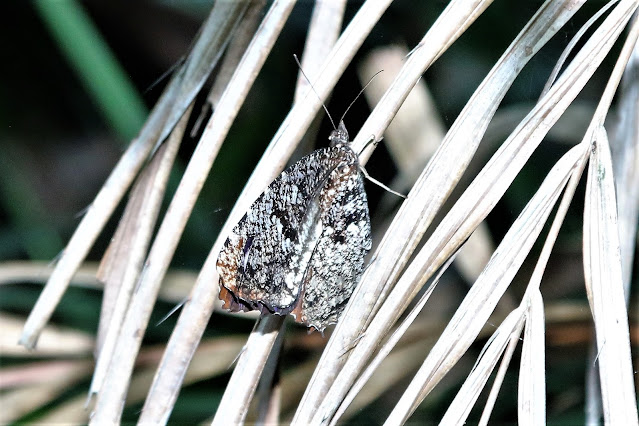Common Posy (Drupadia ravindra moorei) and Branded Imperial (Eooxylides tharis distanti) can be commonly found in certain areas especially in or near forested regions but certainly not in open fields or your neighbourhood parks. So far I have been seeing a number of them since December until now.
Common Posy (Drupadia ravindra moorei)
Common Posy are slightly smaller than Branded Imperial and I also found them to be a bit more skittish too.
Once they start nectaring / puddling, it's easier to take their photos.
Two lovey-dovey Common Posies mating. The one on the right is a female and the male is on the left.
Here's a male Common Posy showing its partial upper-side wings.
The above is probably a worn out male Common Posy.
An upper side comparison between a male and female Common Posy
Branded Imperial (Eooxylides tharis distanti)













































